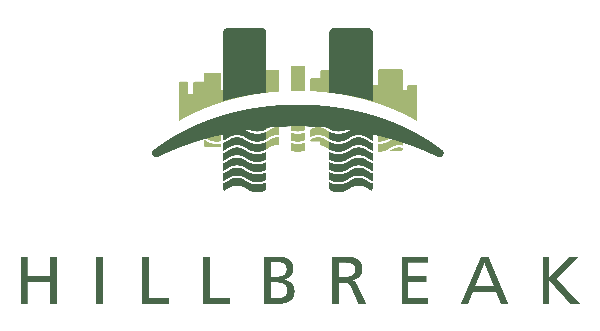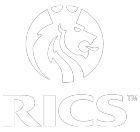Science Based Targets – Applications & Implications
In our earlier blog on SBT, we looked at the background to their development and the various methodologies which have been developed to achieve them. Below we discuss some of the broader frameworks to which the principle of SBT might be applied, and finish by considering some of the key considerations for real estate owners.
Broader science-based frameworks
There are a number of broader science-based frameworks that are well established and which are used by companies to frame their own sustainability goals and priorities. These encompass a range of issues and indicators which, at their heart, seek to steer businesses to operating below the ceiling of environmental limits and above the foundation of social justice and equity.
Notable examples include:
- Vision 2050 and the Action2020 platform which stems from it, led by the World Business Council for Sustainable Development. It defines a number of societal “must-have” issues for 2020 across the themes of climate change; release of nutrient elements; ecosystems; exposure to harmful substances; water; basic needs and rights; skills and employment; sustainable lifestyles; and food, feed, fibre and biofuels.
- The framework of Planetary Boundaries 2.0, developed originally in 2009 and updated by the Stockholm Resilience Centre in 2015, uses scientific data to set precautionary boundaries for nine critical processes of human-driven environmental change, four of which have already been surpassed.
- One Planet Living, a framework of ten principles based on ecological and carbon footprinting as its headline indicators, was developed by BioRegional and WWF and has been adopted by several organisations (both public and private sector). It has particular provenance in the context of property development projects, but is applicable more broadly too. Those in the One Planet Living Network have each developed Action Plans either at the corporate level or to be applied to projects.
- Perhaps the most significant framework in terms of its political capital is the UN Sustainable Development Goals. Updated in 2015 and agreed by 193 Heads of State and High Representatives, the SDGs are a framework of 17 goals focused on people, planet and prosperity which is underpinned by 169 global targets. The Heads of State call upon businesses to apply their creativity and innovation to solving sustainable development challenges; identifying those goals and targets that are of particular relevant to the activities of an individual organisation can be a useful basis for defining a corporate sustainability framework and action plan.
Implications for real estate companies and owners
As expectations of businesses’ approaches to sustainable development, and tackling climate change in particular, become stronger amongst an array of stakeholders, so too does the need for clarity of approach and transparency in performance and impact. It is therefore clear to see why attention is turning to the principle of science-based target setting. They certainly command a strong hypothetical rationale. For real estate owners, this brings both opportunities and challenges. Amongst the myriad considerations for those exploring the efficacy of science-based targets for their organisation, the following might be pertinent:
- selecting the most appropriate methodology, scope and metrics will be key to driving performance and ensuring relevance – careful thought is needed to ensure that the approach to target-setting is grounded in the drivers of business and asset value (which may included the use of existing non-financial reporting systems);
- the need to communicate the meaning of any science-based targets clearly to both internal and external stakeholders – some approaches can appear to be something of a black art, and many involve complex analysis, so distilling key messages through impactful communication is paramount;
- science-based targets are typically associated with long-term goal-setting and are proving to be a catalyst in pushing organisations to think further ahead than has often been the case with sustainability or ‘ESG’ targets and objectives in the past – this can bring particular challenges for asset owners with short-term holding strategies whose ability to influence or control long-term performance outcomes across a portfolio might be limited;
- having systems for, and approaches to, data management which are rigorous and navigable is vital – tracking and reporting progress reliably is critical to credibility and effectiveness; and
- adopting science-based targets requires organisations to accept that they should be just that – based on the science of climate change, planetary limits and social boundaries, and not just a creative use of mathematics to derive arbitrary numbers!














